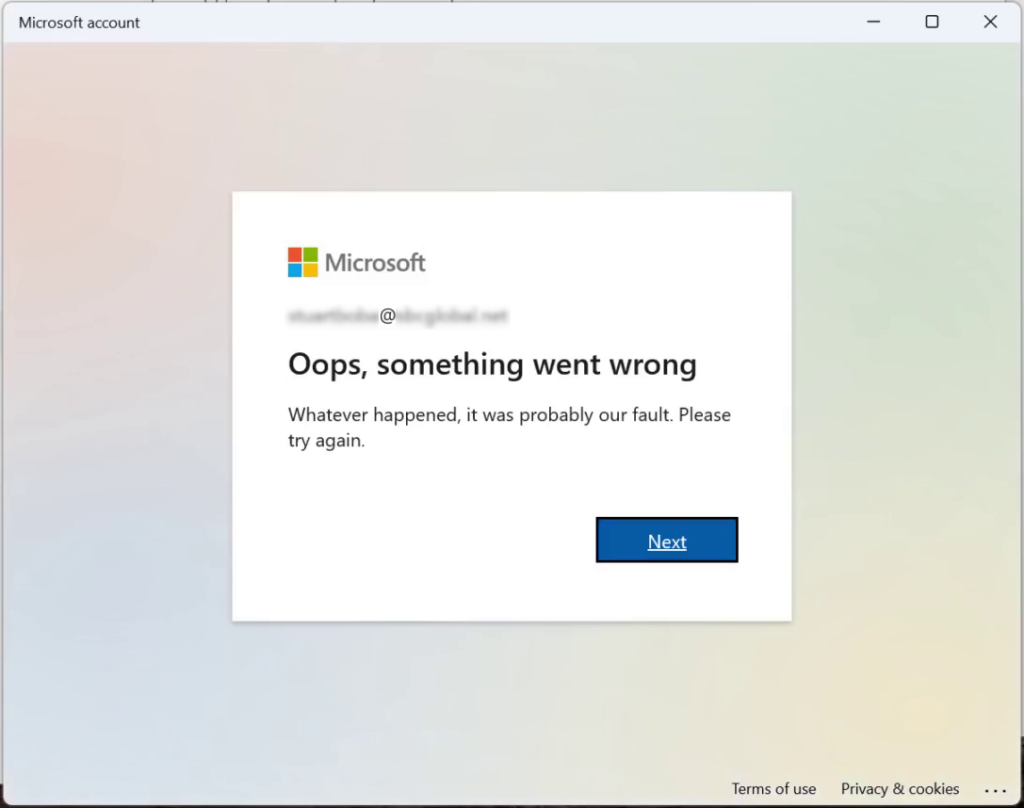ThinkPad X13 2-in-1 Gen 5 is a very nice laptop. Completing initial power-on and setup, since it was Windows Pro, I opted for a local admin account and associated it with a Microsoft account.
Once on the desktop I installed KeePassXC, Calibre, AeroAdmin, Firefox, iTunes, and Kdenlive. I used Kdenlive to create a few videos describing settings or usage for some of the apps. YouTube links sprinkled through this post.
The person getting the laptop has decided to step up their online credential game. Rather than using variations of a base password they want to learn to use and manage more complex ones. Bravo, I say. And check out the videos I made about using KeePassXC to do that, Login with KeePassXC and KeePassXC, Updating a Password.
Calibre is an e-book library manager. I included it because it has become very useful to me and I encourage everyone to try it. All those household documents, appliance manuals, car owner manuals, serial numbers and VINs can be cataloged and available at your fingertips. It’s also a great way to organize training guides, magazine and web articles, etc. Maybe my calibre library info system review will pique your interest.
Sometimes the hardest part of giving remote support is getting the recipient to recognize the steps that need to be taken to complete the connection. This AeroAdmin guide is my attempt to clarify that.
Then Firefox was added because after some updates Edge would no longer login to some Microsoft websites. That prevented access to some account info, among other things. So, install Firefox and with it successfully login to every Microsoft site that Edge would not login to. Firefox is there because a backup to Edge is necessary.
And what resolved Edge’s problems with Microsoft’s own sites? Disabling all Edge security features for any Microsoft.com, Office.com, Live.com domain. And after all that “Device encryption” couldn’t be enabled because it didn’t recognize the Microsoft account was logged in. It clearly was as demonstrated by access to OneDrive, Microsoft365, and other integrated features after logon to the desktop with no more credential prompts for any of those services.
It seems Microsoft tries to soften the blow when enabling device encryption fails with their messages, “Oops something when wrong” and “it was probably us”. It sets a light mood and is a relief at first. But after having the problem for more than a week it is disturbing that nothing has changed.

That didn’t get resolved before the laptop was delivered to its owner.